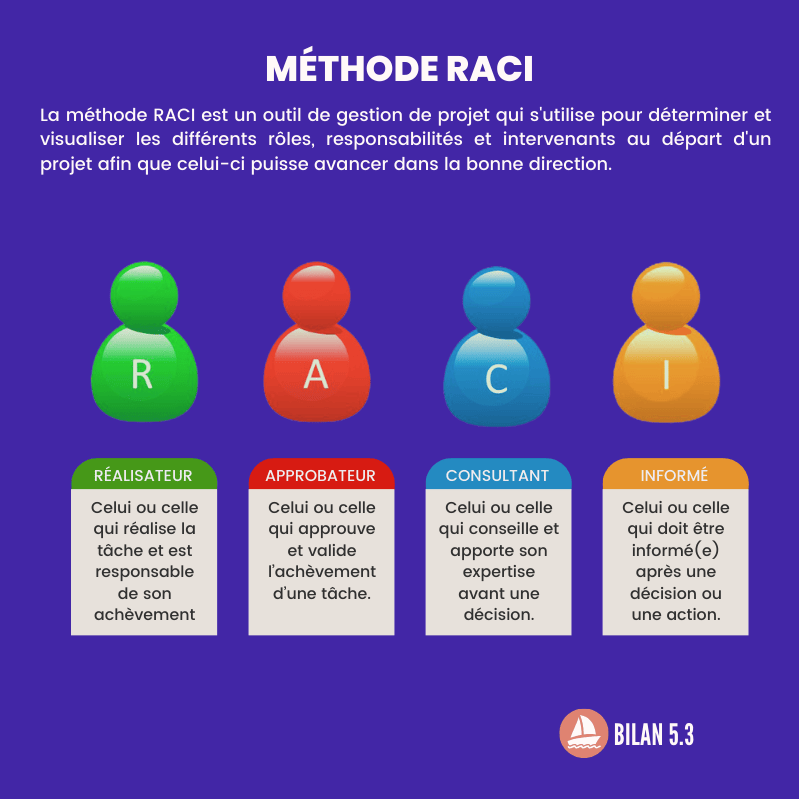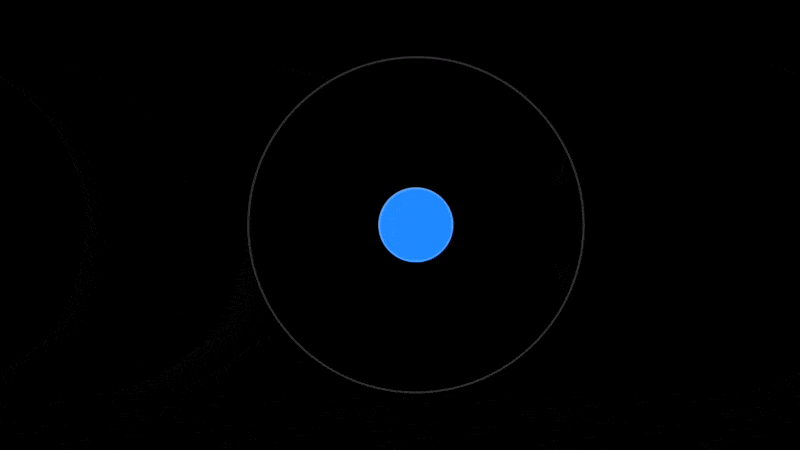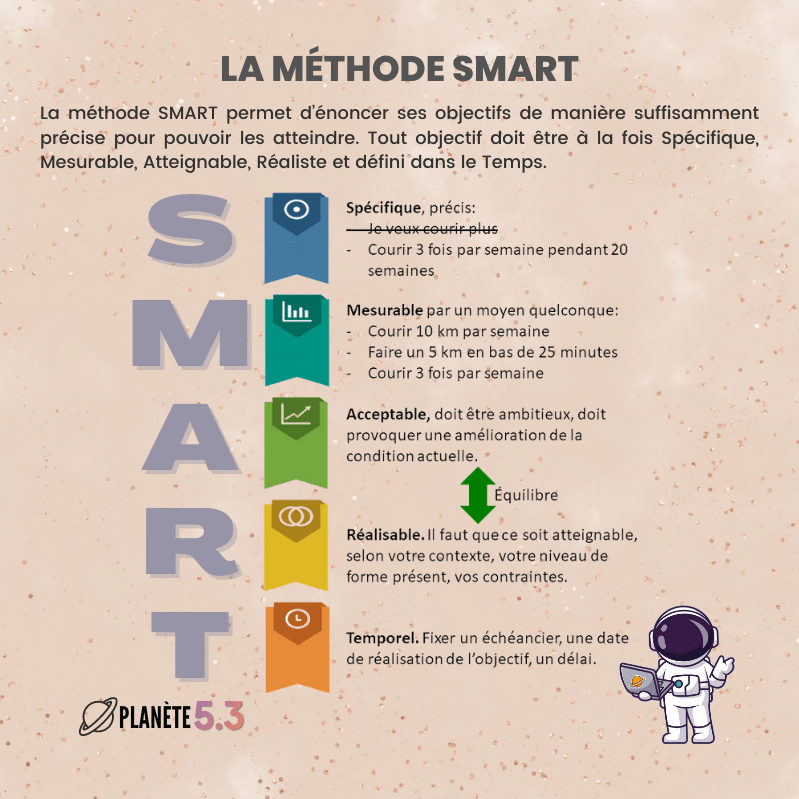Simple breathing technique accessible to all, cardiac coherence calms stress, anxiety, and many other intrusive emotions quickly. How to do ? How often ? To help you, it is essential to take time for yourself and let go every day. Cardiac coherence can help you. And rest assured, you don’t need 10 years of practice to learn how to manage your anxieties and everyday stress.
SUMMARY :
- What is Cardiac Coherence?
- What are the benefits of cardiac coherence?
- Breathing exercises: how to do cardiac coherence?
- How many times a day to practice cardiac coherence?
- Which applications to do cardiac coherence? (respirelax)
- How to get into cardiac coherence when you are a beginner?
What is Cardiac Coherence?
The phenomenon of cardiac coherence was identified by the American HeartMath Institute in the 1990s, based on the principle that our autonomic nervous system communicates directly with our heart and that it controls breathing. The concept of the power of the heart over our emotions and our brain was then popularized in France by Doctor David Servan-Schreiber, a psychiatrist passionate about preventive psychology, in the 2000s.
This breathing technique is based on breathing exercises for slow our heart rate, who tends to get carried away at the slightest emotional upheaval. By acting on one’s heart in this way, it is possible to manage one’s emotional state and improve one’s physical and mental well-being (less stressbetter sleep, better concentration, etc.), according to the founders of the method. This is now used in many therapists’ offices as a complementary tool in the same way as cognitive-behavioral therapies (CBT), mindfulness meditation(mindfulness) or hypnosis.
As explained to Top Santé Florence Servan-Schreiber, specialist in positive psychology, “tools of biofeedback intended to record our emotional states, a bit like a polygraph, have brought to light that, when we are internally agitated (stress, worry, etc.), our heart rate variability – the wave emitted by the nervous system between two heartbeats – oscillates faster.” However, thanks to a slow and precise breathing technique – we speak of fixed resonance frequency – we can help rebalance the autonomic nervous system by reducing the production of cortisol, the main stress hormone.
Conclusion: we calm the agitation that lives in us and we regain control of our emotions.
What are the benefits of cardiac coherence?
“Here, no altered state of consciousness, as in hypnosis or sophrology, but just a physiological reaction that allows you to reset your autonomic nervous system to zero, in particular by reducing the production of cortisol”, emphasizes Florence Servan-Schreiber.
As a result, the effects on health and well-being are multiple:
- better management of stress, anxiety and their consequences,
- a drop in blood pressure in people with hypertension,
- a decrease in food cravings,
- an improvement in the quality of sleep, digestion and learning,
- but also a distancing of negative emotions, help in decision-making,
- an increase in salivary immunoglobulins A, which participate in our immune system,
- and even DHEA, the “rejuvenating” hormone needed to slow down aging.
Breathing exercises: how to do cardiac coherence?
In public transport, in a queue, at the office, all occasions are good to take a few minutes to refocus on your feelings and take the time to breathe deeply. Frédéric Kochman, child psychiatrist and specialist in cardiac coherence, gives us some exercises to feel more zen on a daily basis by balancing heartbeat.
1. Anchoring your breathing exercise
We put ourselves in a quiet place and we refocus on our breathing. You count in your head five seconds on inspiration and we breathe out five seconds on expiration. One minute enough to feel results and feel more relaxed. The ideal is to practice the exercise for at least 3 minutes.
2. Picture inspiration-expiration exercise
On inspirationwe imagine bubbles of pure air coming from the mountains that oxygenate the heart and by extension the body.
At expirationwe imagine that the heart is covered with a black dust like soot which corresponds to the stress of the day and the negative emotions garnered. We blow on his heart, which will cleanse him of all this emotional pollution as if under the effect of a karcher. As you exhale, perhaps 30 or 40 exhalations, you visualize the heart purifying itself until you feel it completely “washed”. This exercise symbolically drives out the stress.
3. Exercise of fullness of love
On inspirationwe imagine the bubble of pure air that comes into the heart and at expirationwe visualize for a moment “of love” appealing to all the senses. It can be to think of your partner, your children, a moment of happiness that you experienced while thinking about colors, perfumes…
4. Exercise of the encrypted screen
We inspire and on the expiration, we imagine a screen in front of us on which the number 1 is written. Then we inspire again and on the second expiration, we visualize on the same screen the number two, and so on until to reach the number 10 after 10 expirations.
The idea is to manage to focus on the screen and to replace all your parasitic thoughts with this encrypted screen. But it’s normal not to be able to get to 10 and to have a distracted mind. We then let the thoughts come like waves and refocus on the screen.
5. Ideal Situation Exercise
We choose a situation that paralyzes us : for example, for a professor, it can be to give lessons in an amphitheater crowded with students. We breathe in and out while visualizing not this paralyzing situation but the ideal situation, in this case in our example, of being a very comfortable teacher, smiling and perfectly in his element in front of his audience. This positive visualization modeled on the exercise of cardiac coherence (5 seconds of visualization on the expiration) allows you to positively reprogram your brain.
How many times a day to practice cardiac coherence?
It is best to practice this exercise if possible. three times a day, first thing in the morning, when the secretion of cortisol is the most important, which also has the advantage of starting the day calmly. Second session, 4 hours later, before lunch, in order to alleviate any stressful events of the morning and bring about digestion. Finally, in the middle or late afternoon, or even The evening to calm down before falling asleep. But there is no downside to practicing at other times of the day, when you feel the need.
It only takes 5 minutes and the benefits last about 3 hours! To be repeated every day, to maintain your nervous system, especially at this time when the general atmosphere is quite anxiety-provoking for many people.
A trick to remember this practice, the famous 3.6.5 for : 3 times a day, 6 breaths per minute, for 5 minutes.
Which applications to do cardiac coherence? (respirelax)
L’BreathRelax app is a free application allows you to find calm and relaxation in just a few minutes and to reach a state called “cardiac coherence”.
How ? Thanks to breathing 5 seconds /5 seconds (5/5 or 6 complete cycles per minute). Concretely, it is a question of following a small bubble: when it rises, you breathe (gently), the same when it descends (gently).
This heart coherence has also inspired Sébastien Kochman who created within Ubisoft O.zen, the first “serious game” (available on iOS and iPad).
• The concept : allow the general public, players and non-players, to make cardiac coherence an everyday anti-stress companion from an application associated with a sensor and a web application.
• The principle : in the skin of a small fish, we train to balance our heart rate by following the curve of our breathing.
How to get into cardiac coherence when you are a beginner?
Practice heart coherence, nothing could be simpler, and the results are truly stunning! Sitting, with your back straight and your legs uncrossed so that the organs of the abdomen are free, all you have to do is naturally inhale through your nose for 5 seconds and exhale for 5 seconds, also through your nose, and this over a period of 5 minutes. Why this pace? Quite simply because it makes it possible to reach a respiratory rate of 0.1 Hz, effective in rebalancing the nervous system.
To begin, do not hesitate to help you with an application. There are many to download for free on your smartphone (RespiRelax, My heart coherence, etc.). You can also follow one of the featured videos on our expert’s website or use a watch with second hand or even a metronome.
Sources:
- Interview Florence Servan-Schreiber, specialist in positive psychology.
- Interview Frédéric Kochman, child psychiatrist and cardiac coherence specialist
To read :
- 6 exercises to cultivate the positive in your day
- Breathing: 4 techniques to improve it
- Hypertension: move, breathe, relax
- I tested cardiac coherence















